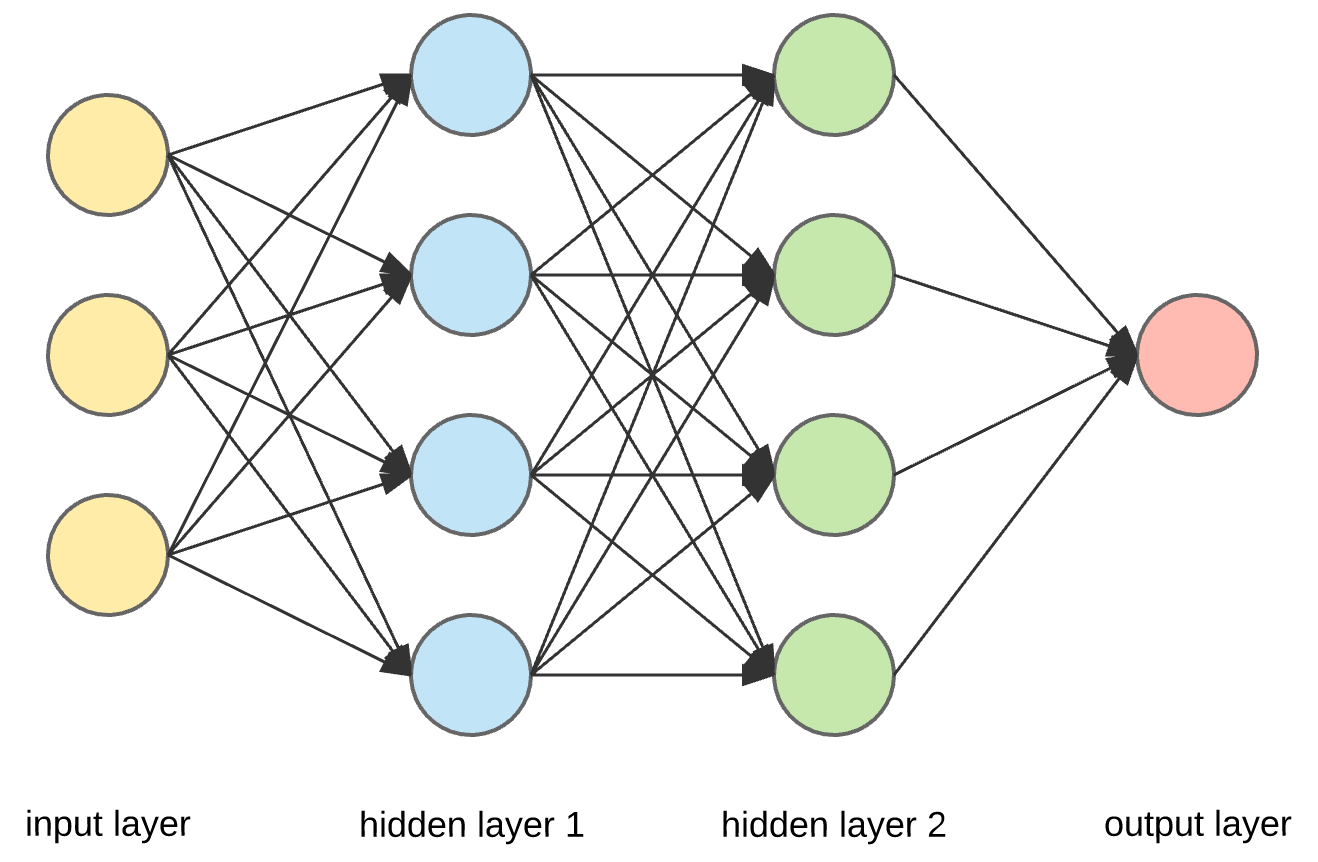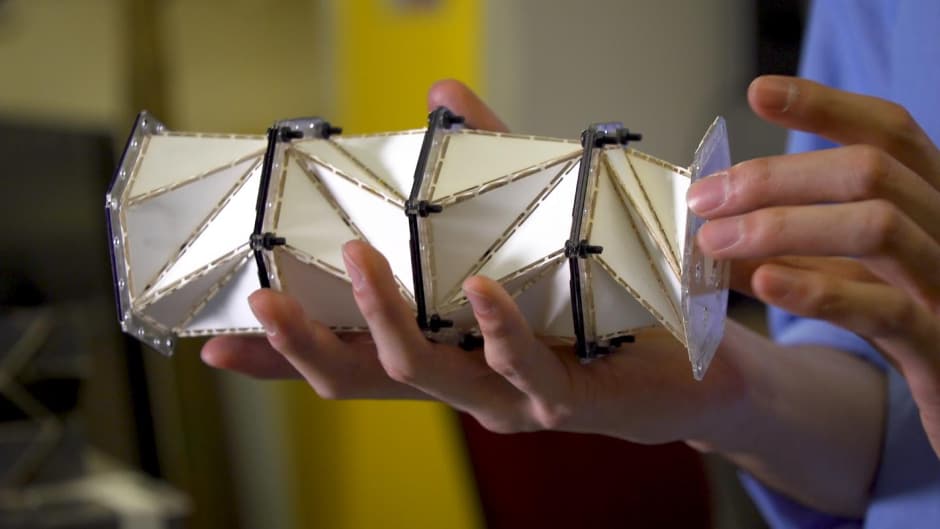Dr. Hadi Susanto was born and grew up in Lumajang, East Java province of Indonesia. He was educated at Institut Teknologi Bandung in Indonesia (BSc Cum Laude in Mathematics, 2001) and the University of Twente, The Netherlands (MSc in Applied Mathematics, 2003; Dr in Applied Mathematics, 2006).
He was then a visiting assistant professor in Mathematics (2005-2007) at the University of Massachusetts Amherst, lecturer in Applied Mathematics (2008-2013) at the University of Nottingham, senior lecturer in Applied Mathematics and then professor of Applied Mathematics (2014-2022) at the University of Essex. He joined Khalifa University in 2020 as Associate Chair for Graduate Studies in Mathematics. He is also adjunct/honorary professor in the Department of Mathematics, Institut Teknologi Bandung (ITB) and Insitut Teknologi Sumatera (ITERA), and member of ITB Advisory Board.
He currently serves as Associate Editor of the IMA Journal of Applied Mathematics (Oxford University Press), Optical and Quantum Electronics (Springer Nature), Frontiers in Photonics (Nonlinear Optics section), and Communication in Biomathematical Sciences (Indonesian Bio-Mathematical Society).
For more information about him, please see his personal website.
Building next generation orbit propagation and analysis capabilities (Competitive Internal Research Award (CIRA) 2022, PI: E. Fantino - Aerospace Engineering, Co-I: Hadi Susanto)
The project seeks to expand the trajectory analysis software of the Astrodynamics group of Khalifa University with capabilities for:
1) Improved capabilities for propagation of mean orbital elements in N-body systems. Mean elements are ideal tools for designing station-keeping strategies and propagating trajectories into the far future. The differential equations governing their evolution are obtained by analytical averaging of the effect of perturbing forces over one orbit. This task focuses in modeling the long-term evolution of the orbits of spacecraft and planetary systems, including the complex interactions between non-spherical shapes of celestial objects.
2) Application of Lagrangian descriptors to the identification of dynamic structures in systems containing a spacecraft and several celestial bodies. These structures create low-energy pathways enabling efficient interplanetary and interlunar transfers. Lagrangian descriptors promise improved robustness, versatility and efficiency compared with the techniques in current use.

Machine learning for dynamical systems analysis (Faculty Start-up Grant (FSU) 2021, PI: H. Susanto)
Numerical computations will become necessary to analyze complex mathematical models, such as those in higher dimensions, and dissect their dynamics and characteristics. Nonetheless, even with the current computing power and performance, it is easily said than done due to the so-called ‘curse of dimensionality’, i.e., adding extra spatial dimensions in mathematical models will make the computational cost for solving them increase exponentially. The same curse is also present in Data Science that involve learning a "state-of-nature" from a finite number of data samples in a high-dimensional feature space. However, highly scalable solutions to such problems have been provided successfully by Machine Learning algorithms, such as deep neural networks. This project aims at employing and developing novel Machine Learning algorithms to provide solutions to the curse of dimensionality in the analysis of higher dimensional dynamical systems, particularly in the area of nonlinear waves.

Design, Fabrication, and Analysis of Origami-based Metamaterials (Research & Innovation Grant - Students (RIG-S) 2023, PI: Tae Yeon Kim - Civil Infrastructure and Environmental Engineering, Co-I: Wesley Cantwell, Hadi Susanto, Jinkyu Yang)
This research is to design and fabricate novel 3D origami-based metamaterials that can be foldable yet stiff, lightweight, and tunable for specific engineering applications. The proposed origami structures can be highly useful for deployable structures (e.g., solar arrays and radiators, disaster relief structures, and biomedical devices). Furthermore, they can form and support unique nonlinear waves under impact conditions that can be used for impact mitigation. This goal will be achieved by combining experimental, analytical, and computational work and conducted by the following steps: 1) analysis of creative origami unit cells via analytical and numerical studies; 2) design and fabrication of the origami-based metamaterials in high dimensions; 3) experimental tests for the validation of their specific features, specifically, efficient folding/unfolding and superb impact mitigation. This project will directly address the KU Research agenda and priorities, such as advanced materials and manufacturing and space, in association with the Abu Dhabi 2030 plan.
KU Graduate Student Committee member, 2021 – present